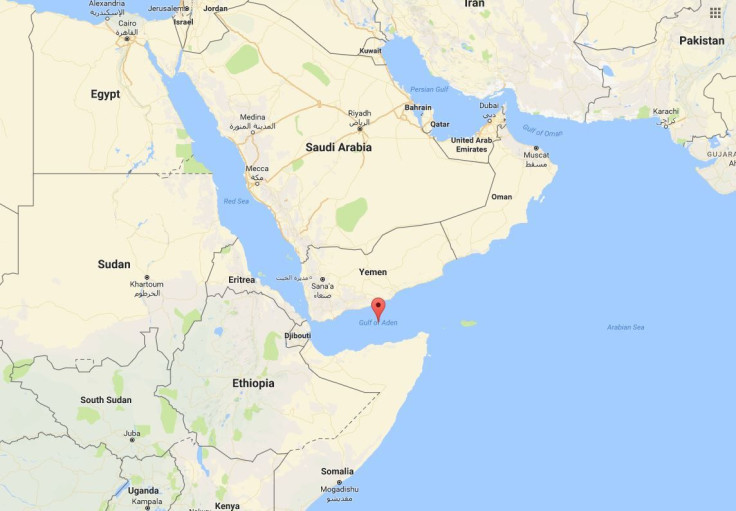Why Humans Left Africa: Our Ancestors Watched Climate Change To Cold, Dry

Early humans may have left Africa and spread all over the globe because their home climate was drying up.
The idea comes from samples of marine sediment taken from northeastern Africa that show the area was cold and dry around 60,000 years ago, which is around the time humans might have migrated off that continent and into Europe and Asia. A team of scientists wrote in the journal Geology that after warm and wet conditions between 120,000 and 90,000 years ago, a period referred to as “Green Sahara,” enabled these prehistoric Homo sapiens to spread throughout Africa and into western Asia, there was a more arid period around 65,000 and 55,000 years ago that coincided with a popular timeline for a larger scale migration into Eurasia.
According to the study, those different climate conditions and their impact on human migration show “that both ‘push’ and ‘pull’ factors may have prompted Homo sapiens to colonize Eurasia.”
“The factors that drove our species ‘out of Africa’ remain a topic of vigorous debate,” the authors wrote. “Existing research invokes climate change as either providing opportunities or imposing limits on human migration.”
The ocean sediment samples that show the difference in climate in the Horn of Africa came from the western side of the Gulf of Aden, the body of water between Somalia and Yemen that connects the Red Sea to the Arabian Sea.

Different layers of sediment in core samples represent different periods of time, because of how sediment accumulates, and hold evidence of climate conditions like temperature and rainfall. According to the University of Arizona, every 4 inches of sediment represented about 1,600 years.
The results of their sediment analysis showed the cold and dry period in the Horn of Africa that coincided with human migration off that continent was even drier than it is today.
“Our data say the migration comes after a big environmental change,” one of the geoscientists on the project, the University of Arizona’s Jessica Tierney, said in the statement. “Perhaps people left because the environment was deteriorating. … It’s interesting to think about how our ancestors interacted with climate.”
The university said the results are in line with climate evidence from sediment cores collected and analyzed in other areas, which have shown a dry environment in northeast Africa around that time.
There is some debate about when humans dispersed throughout Africa and then migrated off the continent into Eurasia, often based on the discovery of new fossil evidence in locations where humans were not believed to have lived until later in history. For example, scientists recently found footprints they believe were made by human feet 5.7 million years ago solidified in rock on the Greek island of Crete, meaning at least some humans would have had to leave Africa, cross through the Levant and southeastern Europe to reach mainland Greece and then head down to Crete all those years ago. Still, the period around 60,000 years ago is a popular timeline for larger waves of migration.
“Our main point is kind of simple,” Tierney said. “We think it was dry when people left Africa and went on to other parts of the world, and that the transition from a Green Sahara to dry was a motivating force for people to leave.”
© Copyright IBTimes 2025. All rights reserved.





















